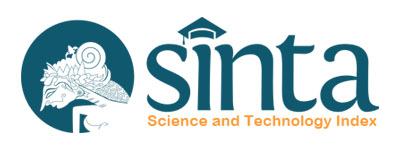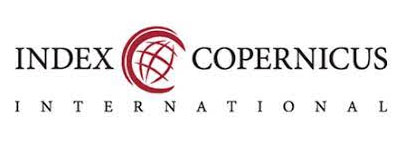Analysis of Microplastics in Water and Biofilm Matrices in Lahor Reservoirs, East Java, Indonesia
DOI:
https://doi.org/10.21776/ub.jels.2022.012.02.03Abstract
One of the aquatic ecosystems that are very susceptible to contamination is the reservoir ecosystem. Reservoirs have different characteristics from other water bodies because they receive continuous water input from the river that flows through them. The river water contains organic and inorganic materials that can cause pollution caused by various kinds of human activities. The pollutant that is currently getting more attention is microplastics. Hence, various ways are developed to monitor the presence of microplastics in environments. The biotic component that may adsorb and accumulate microplastics is microbes that formed biofilm matrices as a predominant habitat. This study analyzes the presence of microplastics in water and biofilm matrices in Lahor Reservoir. The water parameters (pH, dissolved oxygen, temperature, and flow velocity) were also measured. Samplings were carried out at three stations, namely station A (inlet channel), station B (middle), and station C (outlet channel). This study revealed that water quality parameters were still relatively good according to the environment's quality standards. The average value of microplastic abundance in water at station A was 0.0013 particles.mL-1, station B was 0.00083 particles.mL-1, and station C was 0.00072 particles.mL-1. The average abundance of microplastics in the biofilm at station A, station B, and station C was 7.55 particles.g-1, 7.26 particles.g-1, and 4.59 particles.gram-1, respectively. This study indicates that the abundance of microplastics in the biofilm in the Lahor Reservoir was thousands of times higher than in the water. According to the results of this study, the biofilm can be used as a biological agent in monitoring the presence of microplastics in aquatic ecosystems such as the Lahor Reservoir, East Java, Indonesia.
Keywords: Aquatic Ecosystem, Biofilm, Microbial Ecology, Microplastics, Water Pollutant.
Downloads
Published
Issue
Section
License
Copyright (c) 2022 The Journal of Experimental Life Science

This work is licensed under a Creative Commons Attribution 4.0 International License.
Authors who publish with this journal agree to the following terms:- Authors retain copyright and grant the journal right of first publication with the work simultaneously licensed under a Creative Commons Attribution License that allows others to share the work with an acknowledgement of the work's authorship and initial publication in this journal.
- Authors are able to enter into separate, additional contractual arrangements for the non-exclusive distribution of the journal's published version of the work (e.g., post it to an institutional repository or publish it in a book), with an acknowledgement of its initial publication in this journal.
- Authors are permitted and encouraged to post their work online (e.g., in institutional repositories or on their website) prior to and during the submission process, as it can lead to productive exchanges, as well as earlier and greater citation of published work (See The Effect of Open Access).
















